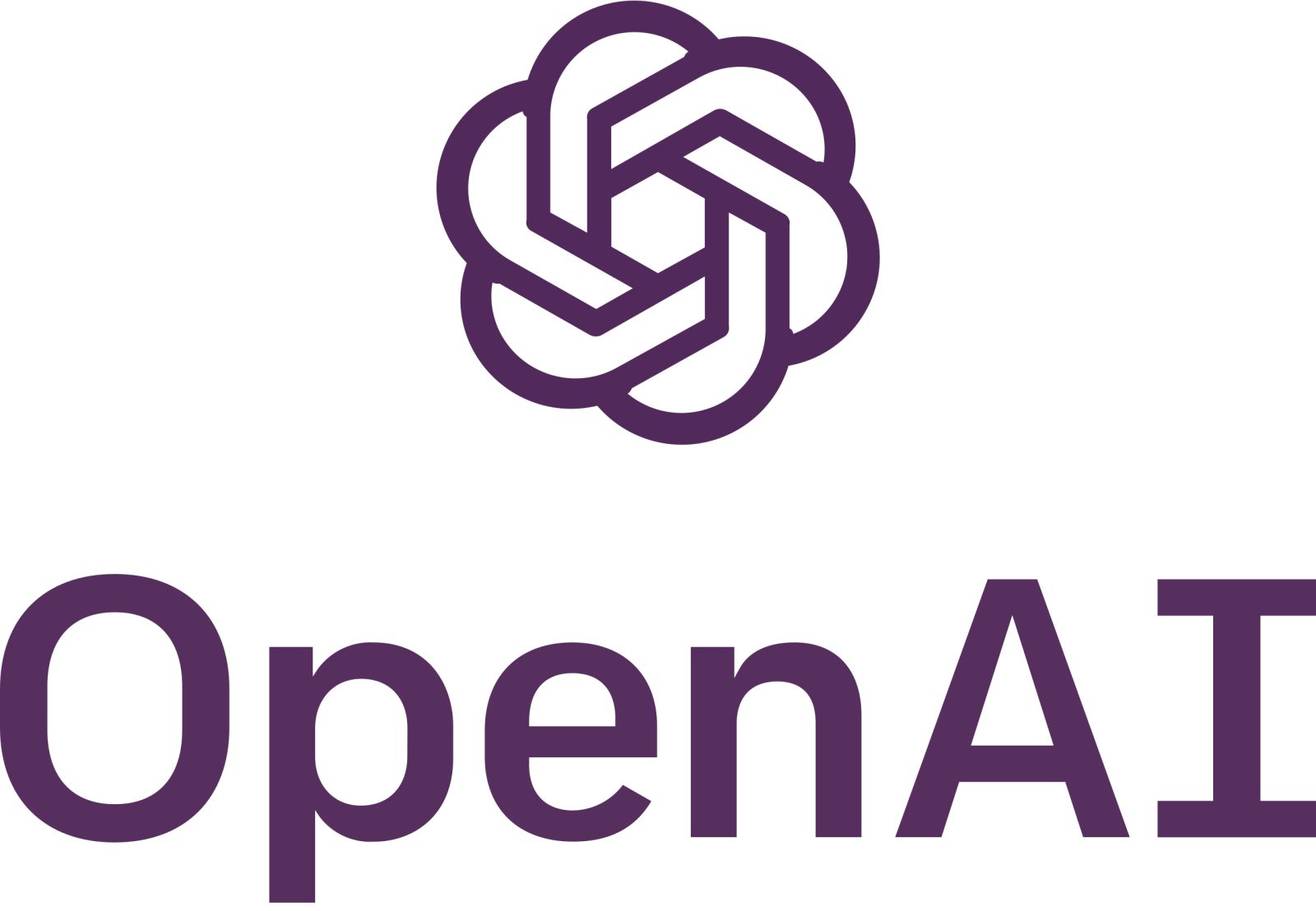Introduction
OpenAI has projected a cash burn of $115 billion by 2029, setting a new benchmark for investment in artificial intelligence. This record spending aims to support the growth of ChatGPT and AI infrastructure, with direct impacts on cloud, semiconductors, and strategic partnerships.
Context
OpenAI is one of the world's largest cloud server renters, with increasing demand for computing power to run advanced models. In 2024, the company expects to burn over $8 billion, $1.5 billion more than previous estimates. Cash burn will rise to $17 billion in 2025, $35 billion in 2027, and $45 billion in 2028.
Direct definition
Cash burn refers to the amount of money OpenAI plans to spend to support the development and operation of its AI systems.
The Challenge
Rapidly rising costs present OpenAI with financial sustainability and technological scalability challenges. Reliance on external cloud and semiconductor providers increases pressure on margins and innovation capacity.
Solution / Approach
To control costs, OpenAI aims to develop proprietary chips and dedicated data centers. In partnership with Broadcom, it will produce its first AI chip in 2025 for internal use. The Oracle deal includes 4.5 gigawatts of data center capacity, while the Stargate project, backed by SoftBank, targets 10 gigawatts and $500 billion in investments. Google Cloud has also been added as a strategic supplier.
Direct answer
OpenAI will invest in its own chips and data centers to reduce reliance on external suppliers and optimize costs.
Conclusion
OpenAI's strategy marks a turning point for the AI sector, with unprecedented investments that could reshape the global market. However, risks related to financial sustainability and innovation remain central.
FAQ
- Why does OpenAI expect such a high cash burn?
The growth of ChatGPT and AI models requires massive computing resources and dedicated infrastructure. - How will OpenAI's cash burn impact the AI sector?
It will drive increased investment in cloud, semiconductors, and data centers, accelerating innovation. - Will OpenAI produce proprietary AI chips?
Yes, in partnership with Broadcom, the first chip will be ready in 2025 for internal use. - What are the risks of such high spending?
Financial risks and dependence on external suppliers could limit future growth. - Will OpenAI's cash burn affect AI service prices?
Possible cost increases for users, linked to infrastructure investments. - Which technology partners are involved?
Oracle, Broadcom, SoftBank, and Google Cloud are among OpenAI's main partners. - Will OpenAI continue expanding data center capacity?
Yes, with projects like Stargate and new strategic partnerships. - Is the cash burn sustainable long-term?
It depends on revenue growth and the ability to innovate in the AI sector.
